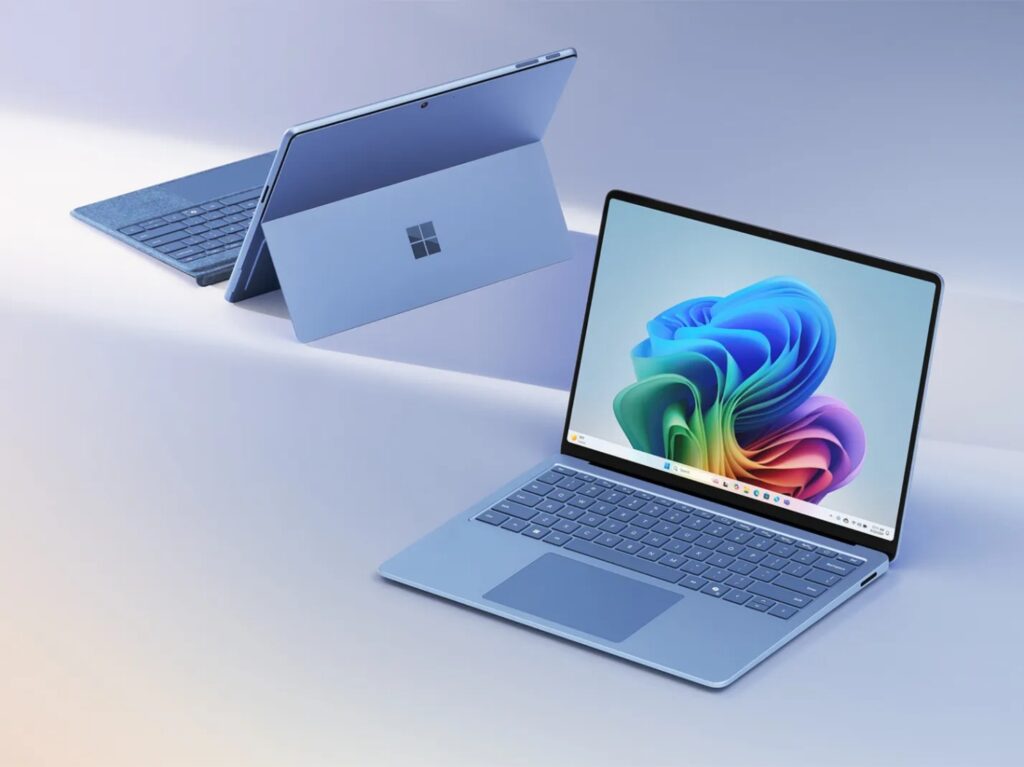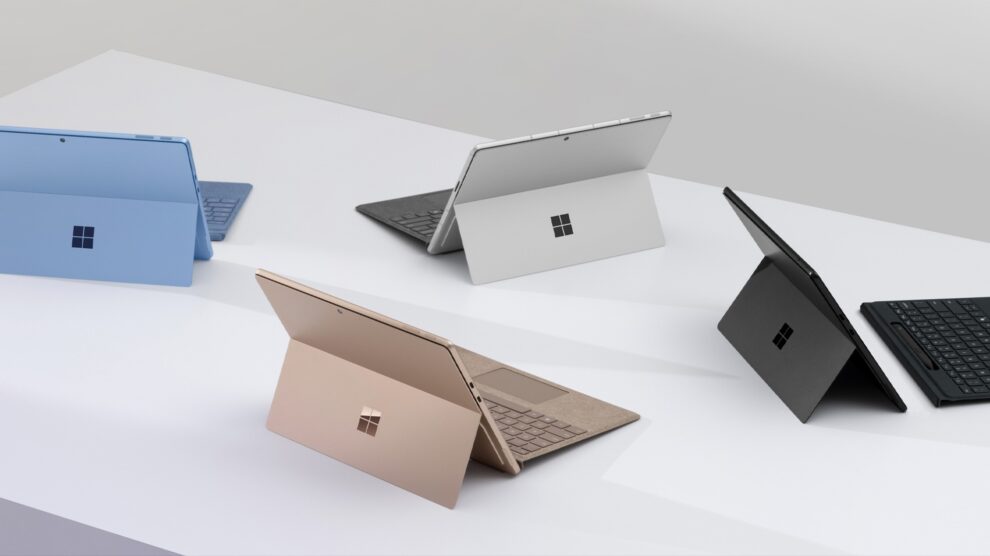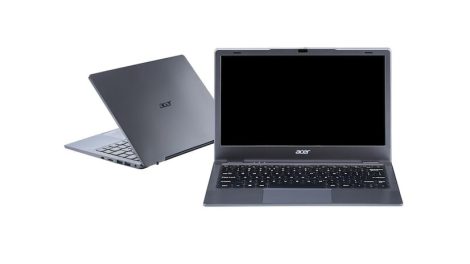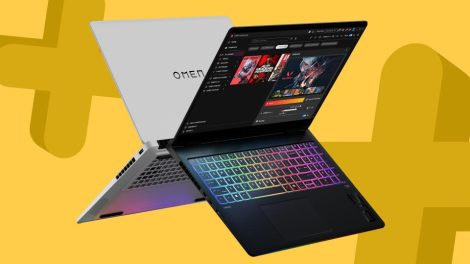Microsoft’s decision to equip the Surface Pro 11 and Surface Laptop 7 with the Snapdragon X Elite processor marks a significant shift in the Windows ecosystem. This move aligns with the broader industry trend towards ARM-based computing, promising enhanced performance and energy efficiency. Let’s delve deeper into what this means for users and the Windows laptop market.

The Snapdragon X Elite: A Game-Changer?
Performance Benchmarks
The article’s findings on the Snapdragon X Elite’s performance are intriguing:
- Native ARM Performance: Outperforming Intel’s Core Ultra 7 in native benchmarks is a significant achievement. This suggests that for applications optimized for ARM architecture, users can expect exceptional performance.
- x64 Emulation: While not groundbreaking, the good performance in emulated x64 applications is crucial. It indicates that users won’t face significant slowdowns when running legacy Windows software.
Implications for the Windows Ecosystem
This level of performance could accelerate several trends:
- ARM App Development: Developers may be more incentivized to create native ARM versions of their applications, further improving the ecosystem.
- Competition with Apple Silicon: Microsoft now has a stronger answer to Apple’s M-series chips, potentially narrowing the performance gap in the mobile computing space.
- Redefined User Expectations: If these devices deliver on their promise, users might start expecting longer battery life and better performance as standard features in premium laptops.
Battery Life: A Key Selling Point
Microsoft’s Claims
The battery life figures provided by Microsoft are impressive:
- Surface Laptop 7: Up to 22 hours of video playback
- Surface Pro 11: Up to 14 hours of use
Real-World Considerations
While these numbers are promising, it’s important to note:
- Video playback is typically less demanding than mixed real-world usage.
- Factors like screen brightness, background processes, and network connectivity can significantly impact battery life.
- The difference between the Laptop and Pro models likely stems from battery size constraints in the tablet form factor.
Form Factor Innovations
Surface Pro 11’s Flex Keyboard
The improved Flex Keyboard addresses a long-standing critique of the Surface Pro line:
- Enhanced comfort could make the device more viable as a primary laptop for many users.
- This improvement might help justify the premium price point of the Surface Pro series.
Haptic Touchpads
The inclusion of haptic touchpads on both devices is noteworthy:
- This technology can provide more precise and customizable feedback.
- It aligns these devices with high-end laptops from other manufacturers, enhancing the premium feel.
Market Positioning and User Scenarios
Surface Pro 11: The Versatile Powerhouse
The Surface Pro 11 seems positioned for:
- Creative professionals who value the pen input and tablet mode
- Mobile workers who need a lightweight yet powerful device
- Users who appreciate the flexibility of a detachable keyboard
Surface Laptop 7: The Long-Lasting Workhorse
The Surface Laptop 7 appears ideal for:
- Students or professionals who need extended battery life
- Users who prefer a traditional laptop form factor
- Those who want strong performance without sacrificing portability
Challenges and Considerations
Software Compatibility
While x64 emulation performance is good, users should consider:
- Specialized software may not run optimally or at all under emulation
- Some drivers or peripherals might lack ARM compatibility
Ecosystem Lock-in
Choosing an ARM-based Windows device might impact future choices:
- Users may be more inclined to stick with ARM devices for better native performance
- This could influence software purchases and subscriptions
The Bigger Picture: Microsoft’s ARM Strategy
Commitment to ARM
By equipping flagship devices with Snapdragon X Elite processors, Microsoft is signaling:
- A long-term commitment to ARM architecture in the Windows ecosystem
- Confidence in the performance and efficiency gains of ARM processors
- A push towards a more mobile-centric computing future
Potential Impact on the PC Industry
If these devices prove successful, we might see:
- More PC manufacturers adopting ARM processors for high-end devices
- Increased competition in the ARM chip space for Windows devices
- A gradual shift in consumer expectations towards longer battery life and always-on connectivity
Conclusion: A Promising Step Forward
The Surface Pro 11 and Surface Laptop 7, powered by the Snapdragon X Elite, represent a bold move by Microsoft. The reported performance and battery life suggest that ARM-based Windows devices are no longer just about efficiency – they’re now contenders in the high-performance space as well.
While challenges remain, particularly in software compatibility and ecosystem development, these devices could mark a turning point in the Windows laptop market. For users who primarily work with native ARM applications or standard productivity tools, they offer an compelling blend of performance, efficiency, and portability.
As the ARM ecosystem for Windows continues to mature, devices like the Surface Pro 11 and Surface Laptop 7 may well become the new standard for mobile computing, rather than the exception. It will be fascinating to see how the market responds and how quickly software developers adapt to this shifting landscape.










Add Comment